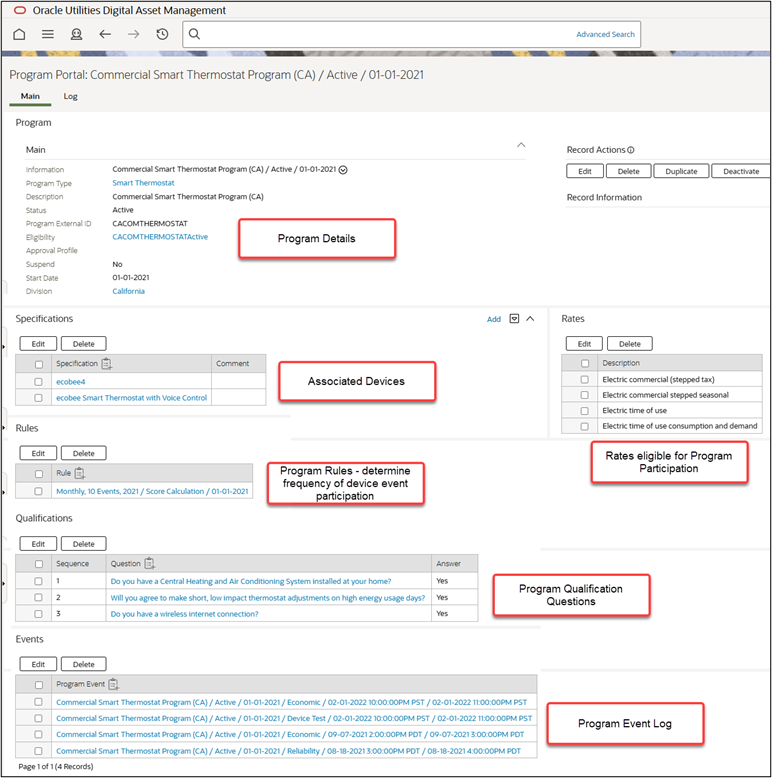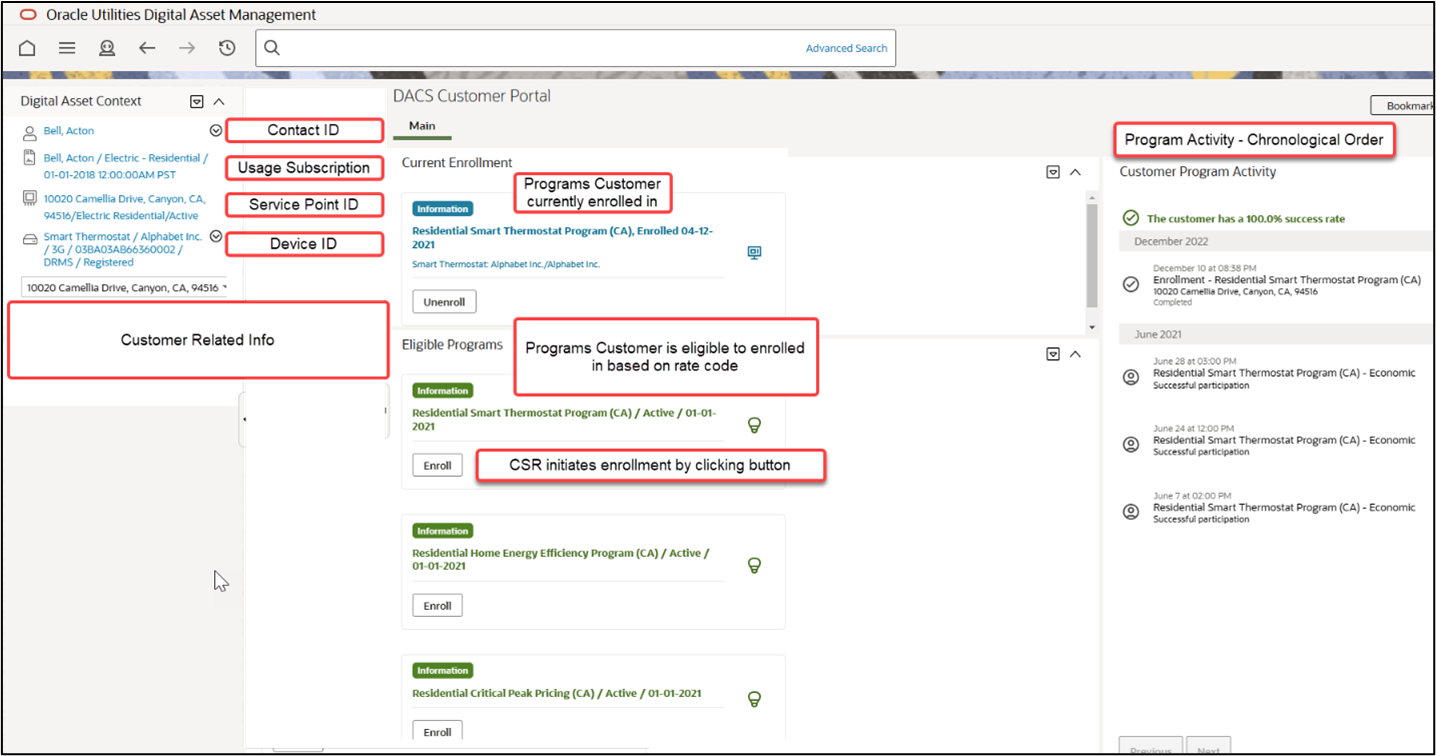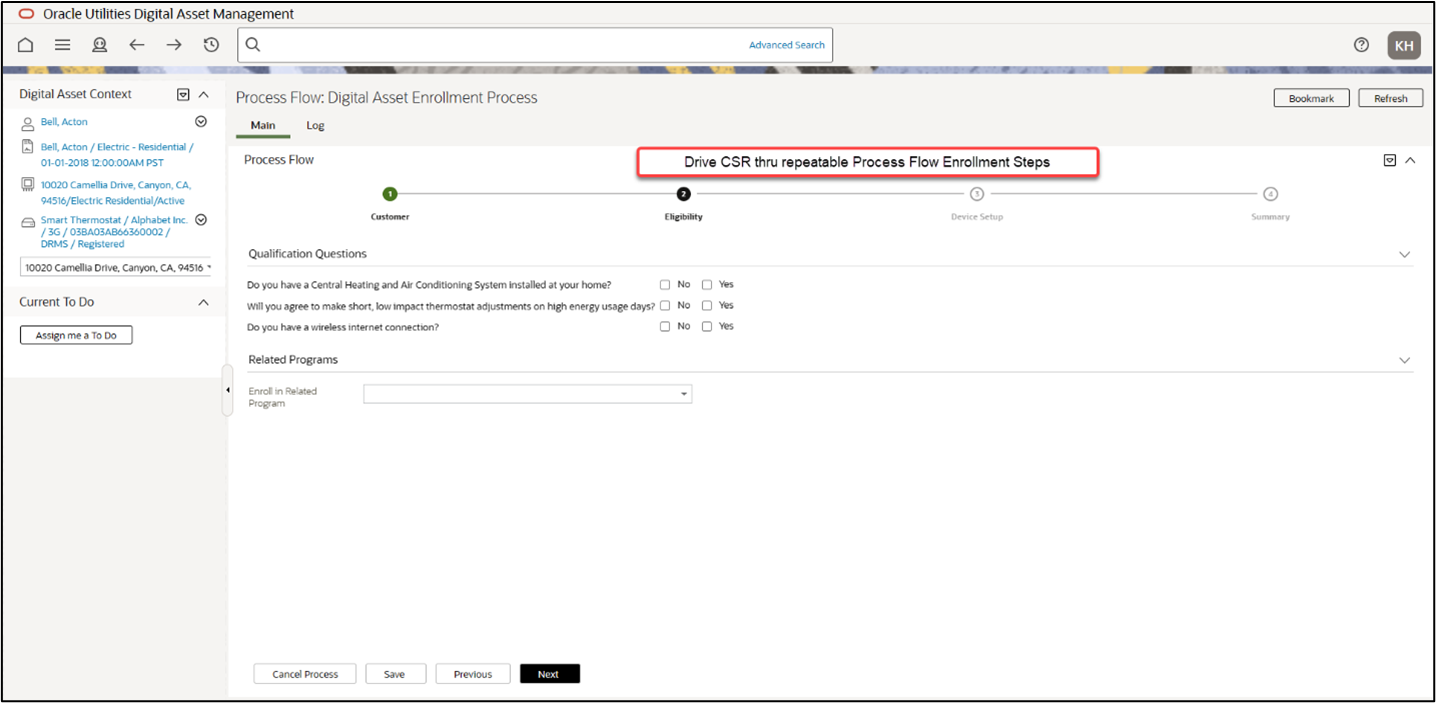Turning Grid Edge Challenges Into Opportunities: The Power of Oracle Utilities Digital Asset Management
Rahul Desai, Director, Product Management
Kyle Harding, Senior Principal Product Manager
The utilities industry is undergoing a massive transformation as it embraces the latest developments in digital power and information-communications technology. This transformation is driven by the proliferation of distributed energy resources (DER) and the advent of new smart grid infrastructure that enables automated remote monitoring and management of both customer-side and utility assets. The benefits of integrating these digital technologies into the utilities industry are numerous. Firstly, by improving energy efficiency, utilities can reduce their costs and lower emissions, while also ensuring a more reliable energy supply. Secondly, the ability to remotely monitor and manage energy usage can help utilities better respond to changing energy demands, improving overall grid stability. This can ultimately result in a more efficient and sustainable energy future for everyone.
Guidehouse1 is estimating that North American DER capacity will grow from 40 GW in 2022 to 146 GW in 2031 with approximately 80% of that growth in the residential and commercial sector.
However, managing these disparate resources can be complex and time-consuming, especially when dealing with large and varied portfolios. One such challenge is the need for a secure and reliable communication infrastructure that can handle the vast amounts of data generated by these new digital technologies. Additionally, utilities must also safeguard privacy and security of customer data, as well as ensure that their systems are compliant with existing regulations and standards.
To effectively manage the increasing number of DER, a centralized asset management system is needed. This system should include an asset registry specifically designed to support high-volume data devices and integrate DER within an overall optimized asset strategy. A customer-centric mindset is crucial in this process as the integration of DER is becoming a customer issue, not just an operational one. Traditionally siloed utility roles need to become more collaborative and take on new responsibilities. Asset Managers, whose traditional role has been to maintain utility owned T&D assets, need to embrace managing and supporting assets behind the meter. Customer Service Managers will need to coordinate enrolling customers into the various programs that will be offered and coordinate the installation and support of devices in the customer’s home. Network Operators will need to utilize the new tools at their disposal to orchestrate supply and demand.
This is where a unified, hardware-agnostic platform can make a significant impact. By bringing all DERs and programs under one roof, utilities can streamline their operations and optimize their energy systems in real time and at scale.
One example of an interaction will include the ability for the utility to create demand response programs, enroll customers and their devices into those programs, in-order-to control a customer’s devices during a defined economic event, to balance demand and supply and reward those customers for their participation.
In line with the Oracle Energy and Water mission, “To provide the best set of solutions for the world’s energy and water challenges,” we are launching a new cloud service - Oracle Utilities Digital Asset Cloud Service providing those seamless capabilities.
Oracle Utilities Digital Asset Cloud Service (DACS) provides the capability to:
- Create and manage programs
- Enables inventory capabilities for DACS related devices including, tracking device inventory levels, re-order points, and performing physical inventory counts
- Captures all device related version information, attributes and documentation
- Enroll customers and their devices into program
- Schedule Install/Replace/Remove program related device activity
- Track customer and device participation in program events
- Reward customers for their participation in programs and events
Create and manage programs
Provides the Program Manager with the ability to define the criteria to determine which programs are available to which customers, the devices related to a program, and the enrollment qualification questions that must be met in-order-to enroll a customer. The programs rules, that drive the identification of which devices are eligible to participate when a program event is called, are also associated to the Program record.

Enroll customers and their devices
DACS Customer Portal
Customer Service Representatives can view which programs a customer is enrolled in as well as other programs they are eligible for. Enrollment is initiated from the portal. The portal also provides a chronological timeline of the customer’s program and related event activity.

Program enrollment process flow
Configurable, repeatable Enrollment Process Flow drives the interaction between the Customer Service Representative and the customer during the enrollment interaction.

Program dashboard
Program manager monitors key program metrics to drive data driven decision making to ensure program success.

You can get more details on the Oracle Utilities Digital Asset Cloud Service.
The growth of distributed energy resources (DER) is leading to a revolution in asset management. The increasing complexity and scale of advanced systems being deployed by utilities will require new and innovative approaches to monitoring and maintenance.
A unified, hardware-agnostic asset platform is a powerful tool for utilities looking to manage their DERs and programs more effectively. With real-time monitoring and control, improved visibility, scalability, and improved efficiency, utilities can optimize their energy systems and ensure that they are always operating at their best.
1 Source: Guidehouse “Analyst Insight DER Year in Review, Global Deployment Insights”. 1Q 2022